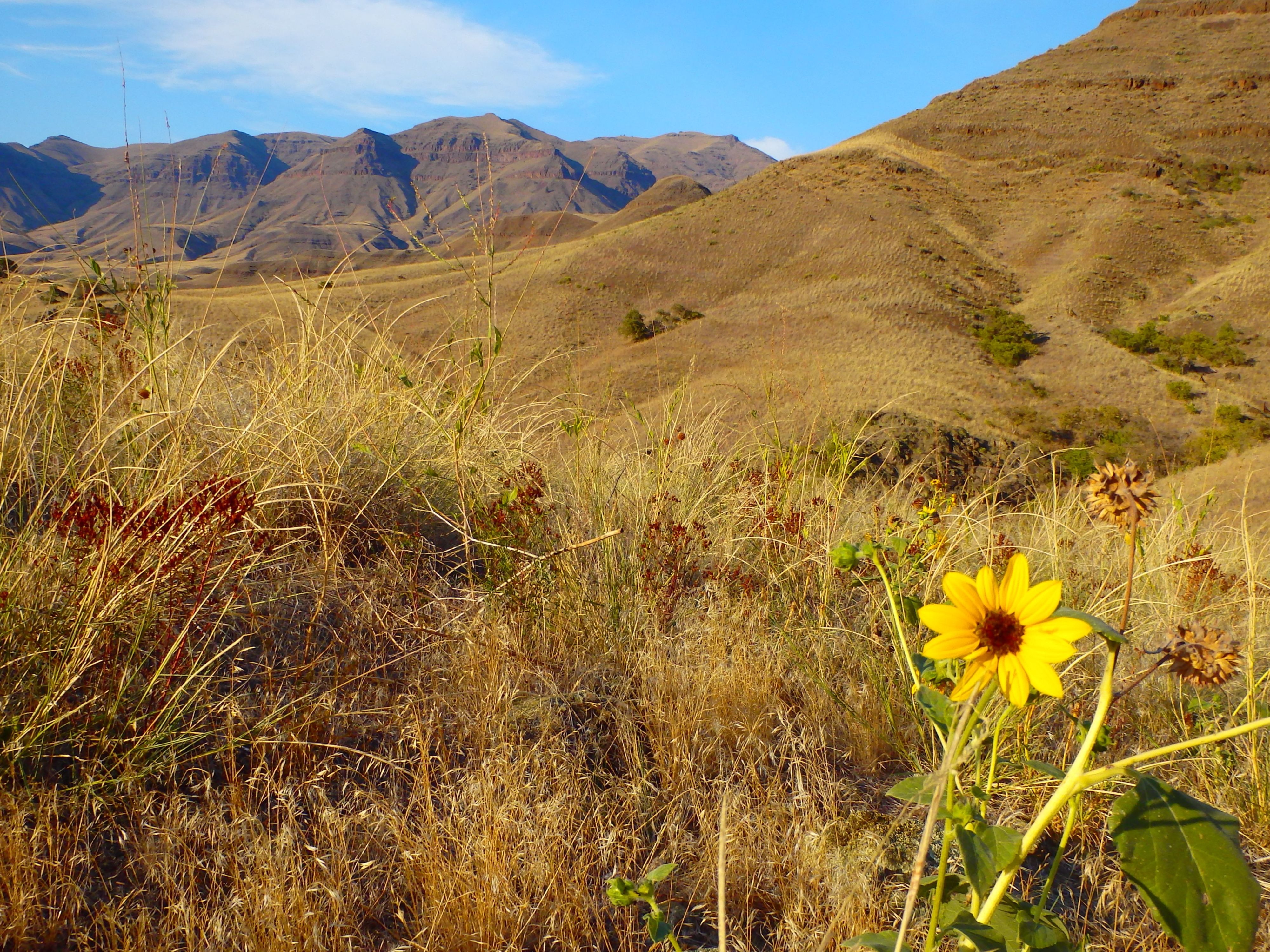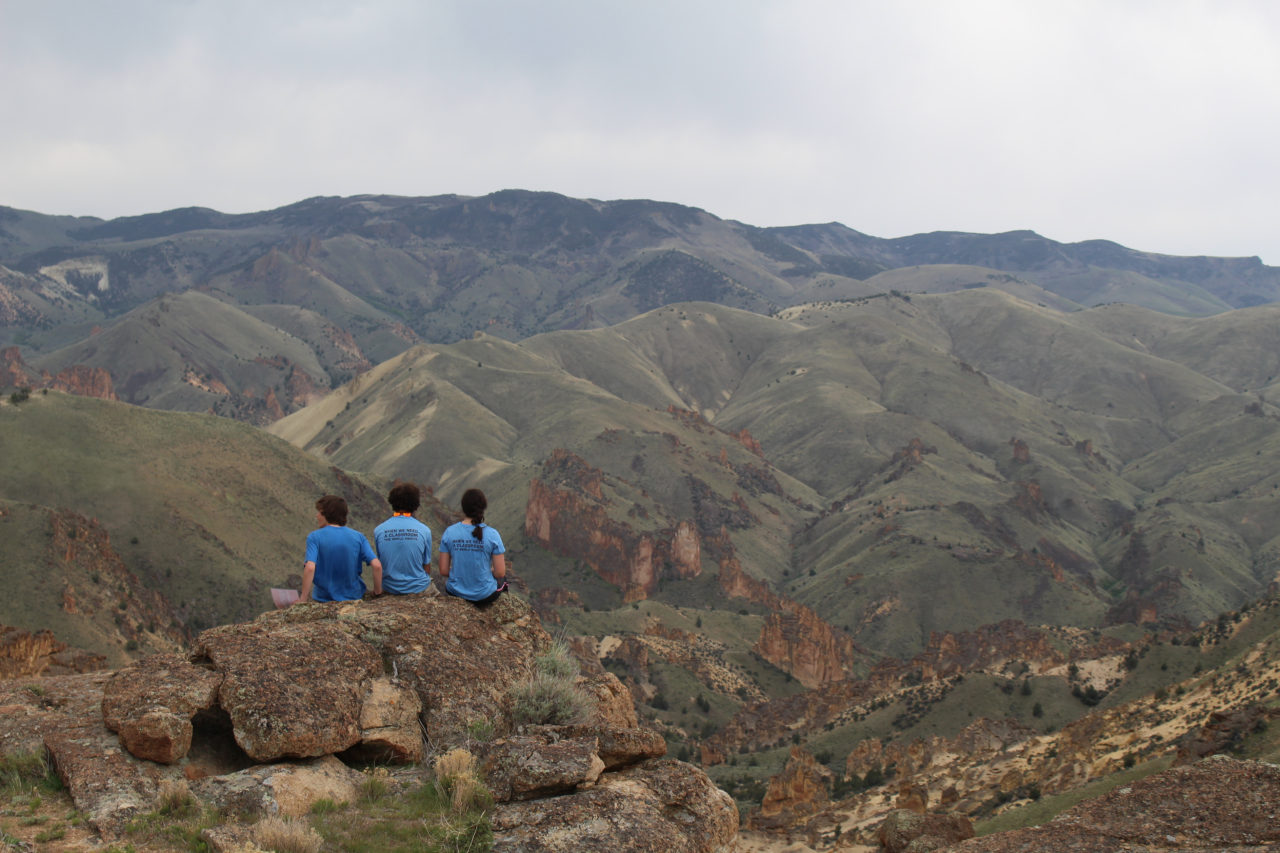Seasonal Transitions on Expedition
This week as our students explore the Lower Salmon River two hours north of campus and the Owyhee Canyonlands three hours to the south, I find myself with the less exciting task of taking care of logistics to make our expeditions run smoothly. This role has me traveling to diverse corners of Idaho, in a vivid representation of our students’ experience as they travel through distinct states, countries, and ecosystems.
The contrast between our distinct classrooms is perhaps best illustrated by my drive yesterday from a cold, snowy campus to a sunny, almost balmy Treasure Valley, where students were wrapping up their Wilderness First Aid course. We noticed the effects of that change as we hiked last week: students delighted in blooming flowers in the Owyhees, and topping out on a ridge at the end of our expedition revealed a herd of pronghorn antelope migrating from their winter to summer range.

These harbingers of seasonal environmental variation–what scientists call Phenology–allow our students to experience firsthand the natural cycles of the world around them, at a time when so much of our world is climate controlled and weatherproof. They allow our students to see the wild places we travel through not as a static backdrop but a living ecosystem; to build the basis for a connection to the natural world. As George Santayana advised, “To be interested in the changing seasons is a happier state of mind than to be hopelessly in love with spring.”

